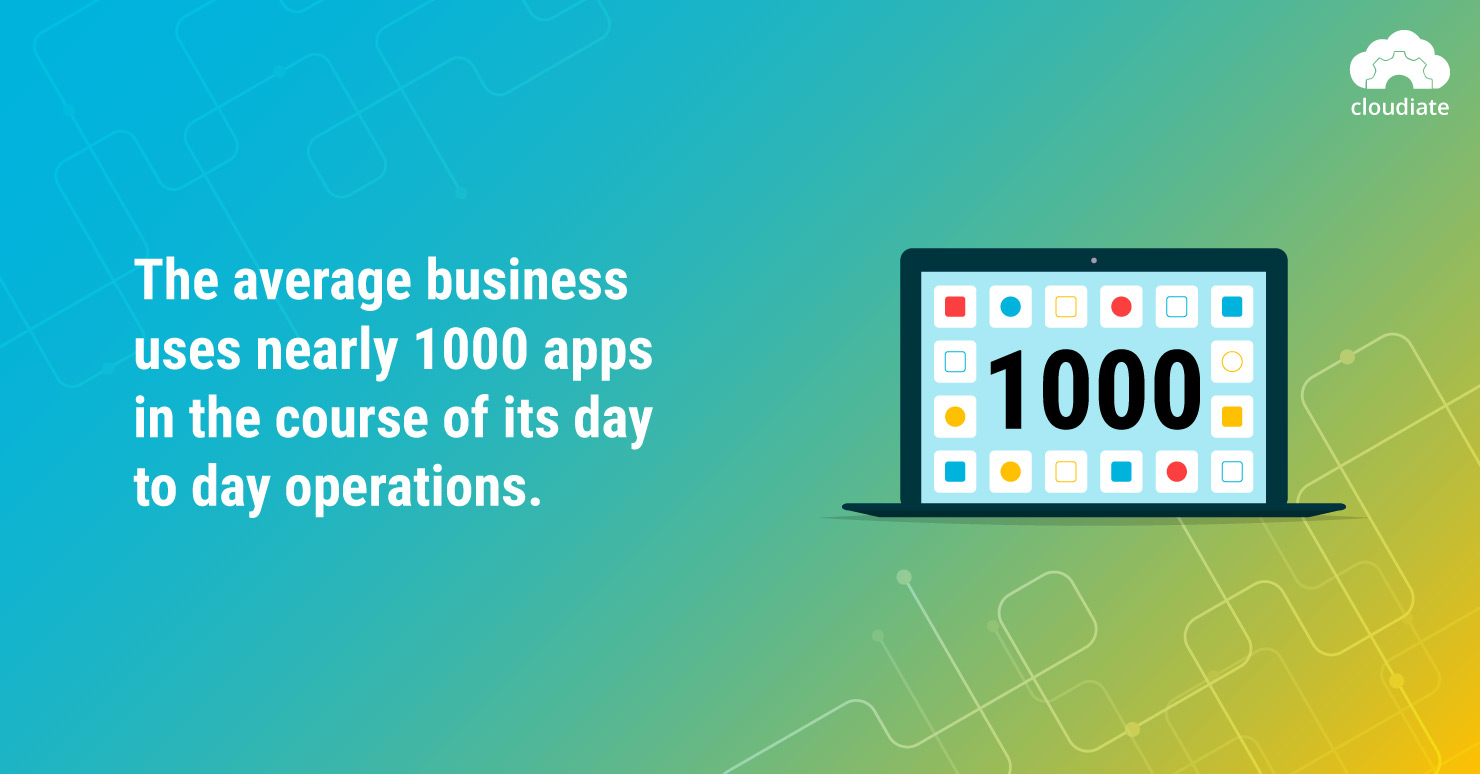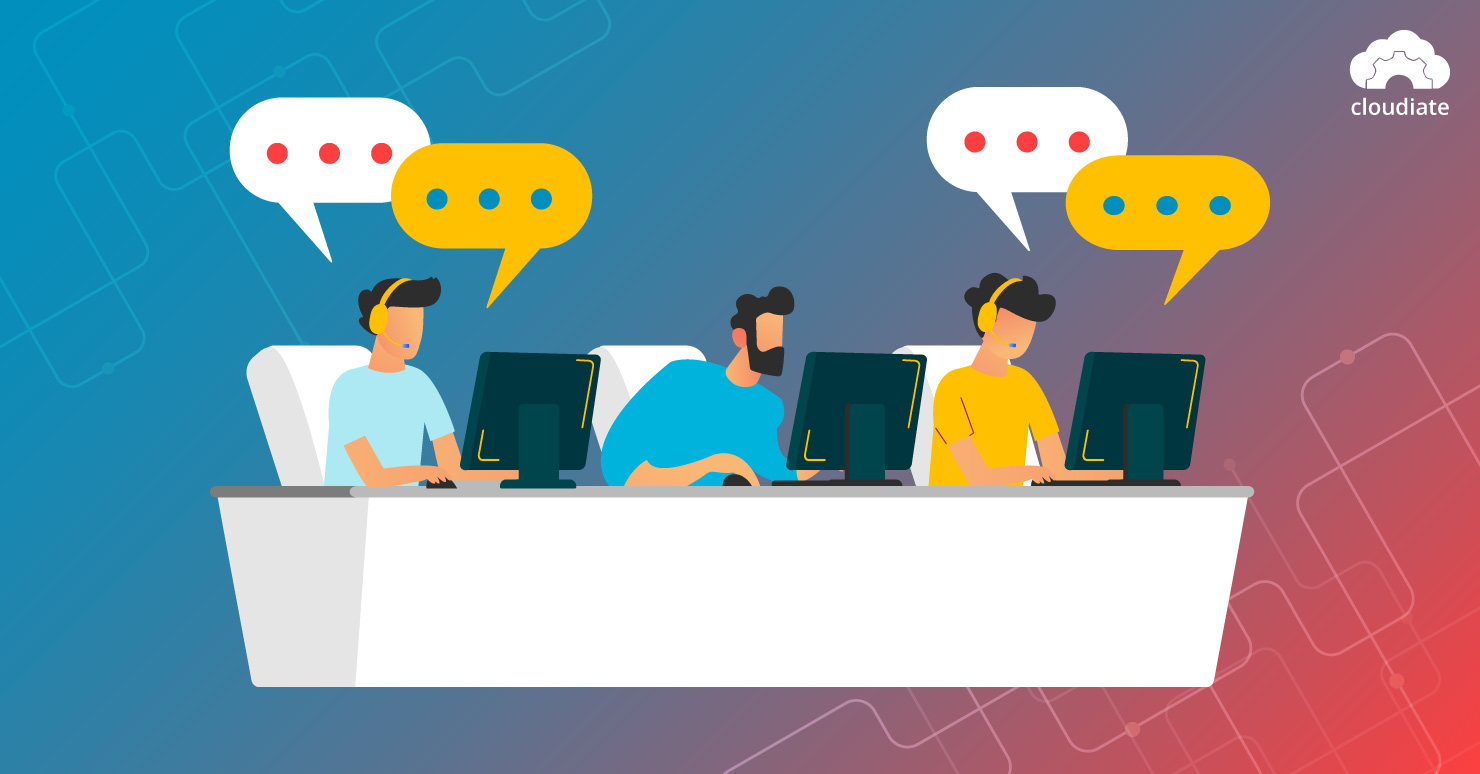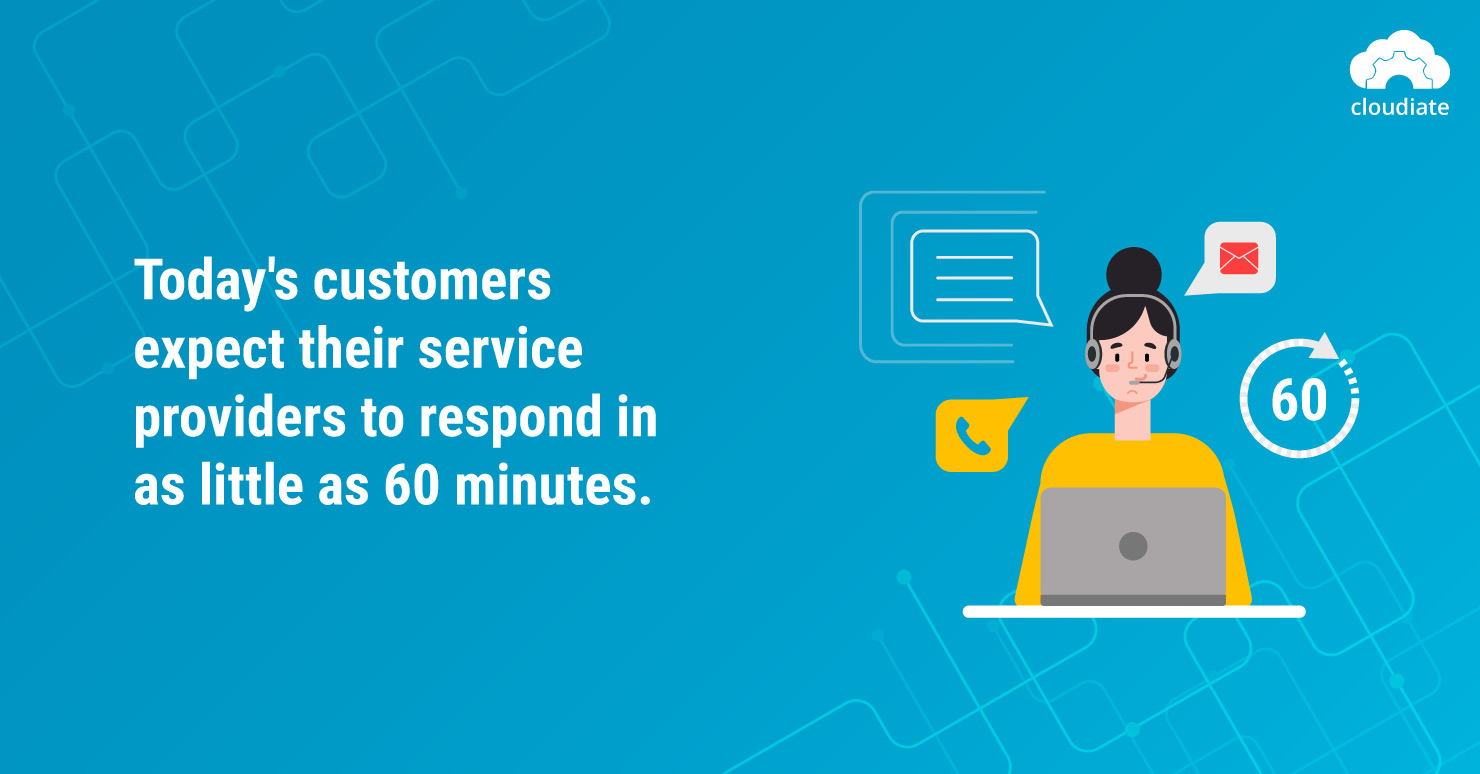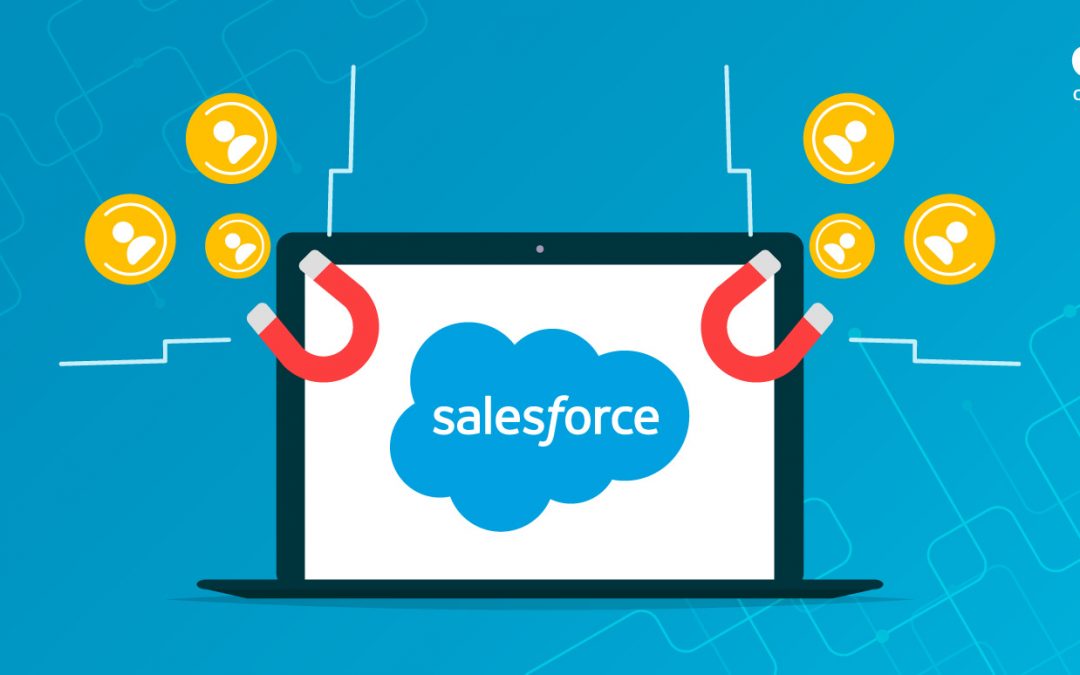If customer retention is at the top of your list of business priorities for 2021, you need a proven strategy for collecting and analyzing customer feedback. A lot is at stake for start-ups and small businesses struggling to cope with changing market conditions. Since the pandemic started, there has been a perceptible shift in customer behavior. Not only are they increasingly demanding better service, but they are also readily switching to other providers in case their needs are not being met.
Slashing prices to attract new customers is simply not a viable strategy in the long term. It is time to shift focus to the factors that are causing your churn rate to rise.
Granted, your customer data may be spread across multiple sources including marketing databases and web analytics tools. However, with the right integrations, you can get better insights into what your customers really want, instead of making assumptions. Retention is the result of several experiences, good and bad, throughout the customer journey. If customers perceive that you are iterating and improving your product or service, they will stay with you for years.
With Salesforce, you can seamlessly map the customer journey from start to finish and create realistic KPIs, instead of doing it the other way around. The customer is king, after all.
5 Amazing Customer Retention Strategies Using Salesforce Integration
As you create more meaningful experiences for customers, they will certainly reward you with loyalty, referrals, and more business.
Here are a few proven strategies to leverage Salesforce for boosting customer retention.
1. Create a 360-degree view of customer data

From marketing and sales to customer support and product development, a business generates tonnes of customer data on a daily basis. The average business uses nearly 1000 apps in the course of its day to day operations. However, thanks to well-entrenched silos, this data lies fragmented across multiple dashboards and spreadsheets, limiting its potential for driving retention. Integrating the data from disparate marketing, sales, and customer support tools into a seamless network can unlock more opportunities for customer engagement than may otherwise be possible.
It can help visualize the customer journey based on real-time insights, improving team collaboration in the service of a common goal. For example, by connecting Salesforce Customer 360, you can automatically link Customer Satisfaction (CSat) and Net Promoter Score (NPS) scores with specific customer accounts in real-time, without having to manually move data from one app to another. This lets you pinpoint the exact interaction that may have resulted in a negative score and take timely follow-up action.
2. Personalise your customer experience
Integrating the latest features alone is not enough for creating product differentiation. Customers should be able to adapt it to their unique needs without much effort. Therefore, personalization is critical for boosting customer lifetime value. By analyzing customer service interaction data, you can anticipate their needs and drive them to take the actions that have the most value for you in terms of revenue.
For example, you can create custom app bundles with Salesforce that customers can choose from rather than offering a full-featured product as standard. In turn, this can drive opportunities for upselling higher value products.
Secondly, integrating Salesforce with your customer communication tools can help you segment your customer base and develop customized email campaigns. This will not only improve the onboarding experience but you can also track customer online activity once they have clicked on the link and landed on your website.
The result: you will be able to concentrate more on customers with the highest potential for conversion.
3. Prioritize customer success:

Customer retention is determined by how well your product serves their needs. It is, therefore, important to identify ways to deliver more value to them. If not, you may find the adoption or usage rate of your B2C mobile app, for example, dropping steadily over a period of time. This is where the role of your customer success team comes into focus.
In an era of intense competition, you cannot afford to wait until a problem has occurred to begin solving it. Your focus should be on preventing it from occurring in the first place. By analyzing data related to average order size and frequency, you can ensure a seamless customer experience and address issues before a potential escalation.
By integrating Salesforce into your customer service program, your customer success team can seamlessly track product adoption rates and follow-up with low usage customers. They can proactively recommend alternatives to help customers get more value out of it.
The result: better retention, higher average order size, and product usage.
4. Focus on meeting SLAs:
One of the biggest rules of earning- and keeping- the trust of your customers is sticking to your Service Level Agreement (SLA). If your website promises a turnaround time of 1-2 business days for customer tickets, it is critical that you adhere to it. With the rise of social media as a communication channel, customers today expect their service providers to respond in as little as 60 minutes.

Failure to meet SLAs with regards to response time or first contact resolution can cause customers to stop using a product or service. Salesforce simplifies the task of tracking open tickets and identifying cases where SLA has not been met. This can help you improve accountability, transparency, and avoid possible legal compliance issues.
You can set up department or agent level alerts within Salesforce to notify you whenever SLAs are not being met. These cases can thus be prioritized to minimize customer impact.
5. Knowledge base management:
Customer needs are dynamic and cannot always be predicted. Building an accessible knowledge base that contains all the information a B2B customer is likely to need is a great way to create engagement. Advanced knowledge management tools can also assist your customer support agents in delivering accurate information to customers in a time-bound manner. This can help you improve your overall user experience and promote retention.
With Salesforce, you can optimize your knowledge base to world-class standards and significantly improve the efficiency of your customer support team.
Cloudiate is a certified Salesforce partner with expertise in modernizing legacy ERP systems and building custom apps for customers across a wide range of industries. With our implementation, testing, and support, you can minimize time and cost overruns and deliver high-quality customer experiences. Contact us today for more information.


Trackbacks/Pingbacks